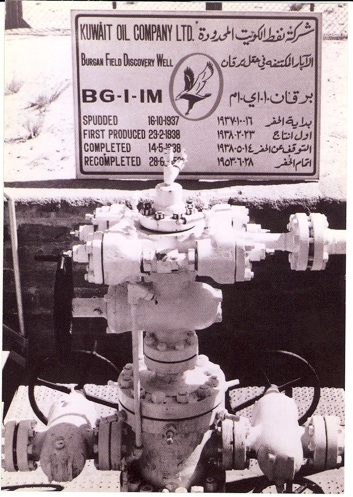McMurtry consulting ltd



McMurtry consulting ltd



“The present is the key to the past”,
said the Scottish Geologist James Hutton in 1785.
Recognised as one of the founders of Modern Geology, we look at his claims through the prism of the oil industry.
Oil was discovered in Kuwait in 1938 by the Anglo-Persian Oil Company.

However, the following is a quote from a document entitled Prospects of obtaining oil near Kuwait, Persian Gulf, written by Mr. E.H. Pascoe, Assistant Superintendent in the Geological Survey of India. This was sent to The Secretary of the Government of India in May 1913 (ie 25 years earlier) by H.H. Hayden Esq. C.I.E., I.C.S., Director, Geological Survey of India.
There is no reason to believe the nature of the beds beneath Burqan should be different from that of the Fars in Persia, and they may be looked upon therefore as sufficiently porous to retain oil in workable quantities. The structure, if correctly diagnosed, is also favourable, a gentle dome in fact being an excellent type of folding suitable for an oil field. As to its geographical position, this locality is not on the line of strike of the rich oil deposits now being worked above Ahwaz, and is, in fact, over 170 miles to the south-west of this line. This does not necessarily mean that oil in commercial quantities does not occur below Burqan, but it adds a decidedly speculative element in any operations. A “floating tract of naptha” coinciding no doubt with a submarine seepage, was described by Captain Constable as occurring between the islands of Qaru and Kubbar, some 56 miles south-east of Burqan. On the whole, my opinion is that the chances are not unfavourable, and that an oil company would not require much inducement to test it, if protection and permanency of concession were guaranteed. The central plain of Burqan would be the best site for tests, and these should be as deep as possible, as the uppermost layers of the Fars are probably all that are exposed. Under present conditions there would be great difficulty in obtaining water for the boiler; probably an internal combustion engine would have to be employed.
Why did they wait twenty-five years before testing Mr E. H. Pascoe’s accurate analysis?
Good technical work in this instance shows that the past was the key to the present, provided you look after vintage data.
